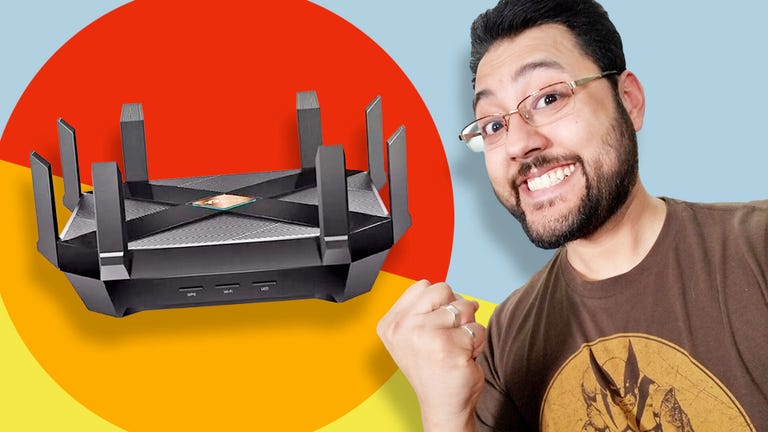Ookla – An all-around excellent speed test
M-Lab Internet Speed Test – As easy as speed tests get
Testmy.net – A good pick for testing your browser
In this article:
A good speed test is the best tool to measure the strength, reliability and overall performance of your internet connection. Running an internet speed test or connection test is quick and easy, and there are a ton of free options to choose from. Even the best internet speed test options are easy to use. You might even be able to run one from the same app that you used to set up your router.
In most cases, running a test is as easy as pressing “Go,” and won’t take more than a minute or so. The speed test results will give you a lot of insight into what’s going on with your internet connection.

Watch this: How to speed up your Wi-Fi
03:51
A good speed test will make it easy to see your current download speeds, upload speeds and latency (or ping) for whatever device you’re running the test on — but with so many options promising to do exactly that, which one should you trust?
Why are my internet speeds so slow?
There are a few things possibly affecting your speeds, but using a Wi-Fi connection is the most likely cause of tested speeds that are lower than the speeds your ISP runs to the home.
Wi-Fi will almost always be slower than an Ethernet connection. Moving away from your router can further hinder your speeds. If there are walls or other obstructions between your router and the device you’re using, this could cause your internet speed to fall.
In other instances, your internet speed can fluctuate depending on peak usage hours. Possibly worst of all, if your internet provider enforces data caps or throttles connections to help maintain overall network performance, you’ll experience noticeable hits to your internet speed.
Keep this in mind when running a speed test and take measures to mitigate potential speed disruptions. Moving closer to the router, for example, can help get more accurate results, but for the best result, try testing over an Ethernet connection, if possible. Also, consider running a few speed tests throughout the day for an idea of how your speeds fluctuate at different times.
What is jitter?
Like ping, jitter is measured in milliseconds, but instead of measuring the time it takes your device to send data to a remote server and receive a response, jitter describes latency differences between the flow of data to various client devices on your network. If jitter gets too high, it means that data isn’t flowing to your device as efficiently as it probably should, and that can cause problems like buffering during streaming and video calls.



